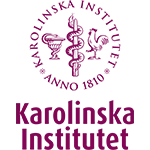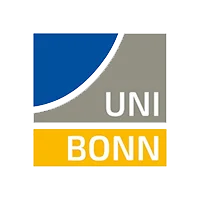Explore the credit course catalogue
11 Results

Do you need to turn data into a publication figure? We offer tools and confidence for the student to independently select a statistical method for research questions in their field. The course is practical and includes implementing a basic statistical analysis in R, the leading statistical programming language in bioinformatics and medical science. Furthermore, we give a brief introduction to visualization in R, with a focus on R/ggplot2. Students can bring data from their own research project, or work on data from the course.

The course content lean on Design thinking ideology and methodology that inform research as well as developmental work and form a practice-based foundation for innovation aimed to meet the needs of societal and scientific environments. As a student, you work individually from your own research perspective, and get helpful insights for future research.
The course apply a problem-oriented teaching and learning style, with a pedagogy that enables students to take active responsibility for individual and also group learning in a multi-disciplinary context.

Progress in medical innovation stands as a catalyst for worldwide economic growth. Whether within pharmaceuticals, medical devices, biotechnology, information technology, or a fusion of these advancements, the potential advantages extend significantly to private businesses and societal well-being. However, due to long development times and rigorous regulations, these innovative concepts require a lot of financing to establish their presence in the market. Consequently, assessing the value of novel medical innovations remains crucial. The primary objective of this course is to empower researchers with the proficient capability to effectively assess the worth of emerging technologies or processes within the medical industry.

The course aim is that the doctoral student develops a theory of science approach by enabling the doctoral student to understand, employ, reflect upon and critically assess concepts and ideas of theories of science as well as their implications for in particular medical scientific practice. A further aim is to enable the doctoral student to understand, reflect upon and critically assess views on and implications of definitions of health and disease.

The course will introduce neuropsychological assessment in an aging population, focusing on age-related cognitive changes and their neural correlates. An additional purpose is to increase understanding of cognitive aging and how to differentiate between non-pathological cognitive aging and early signs of pathology. After the course, you will be able to define and describe common neuropsychological concepts and measurement techniques and demonstrate an overall understanding of neuropsychological investigation methodology and cognitive diagnostics in aging. The course will give you an increased understanding of cognitive aging and the complexity of differentiating between “normal” and early-stage pathological aging.

This course will provide curious students with an overview of the field of nervous system injury and possibilities for repair. We will focus on the cellular pathobiology but have a translational outlook and integrate the clinical perspective. The student will after the course know the basic concepts and recognise relevant research questions in the field. Hence, the student have aquired up to date information and understanding of the problems and possibilities for repairing an injured central or peripheral nervous system.

This course has the main general purpose of connecting two topics, or disease types, which are generally known by the scientific community to be completely distant from each other, such as Infections of the Central Nervous System (Neuro-Infections) and neurodegenerative diseases/dementia.
Students should gain knowledge on the common neuroinflammatory processes and molecular mechanisms of neuronal damage that are common between neurodegenerative diseases and Central Nervous System infections. These learning outcomes reflect the purpose of the course, which is of shedding light into the interplay between dementia/neurodegenerative disease and infections and try to understand the molecular biology that connects these two types of brain disease.



